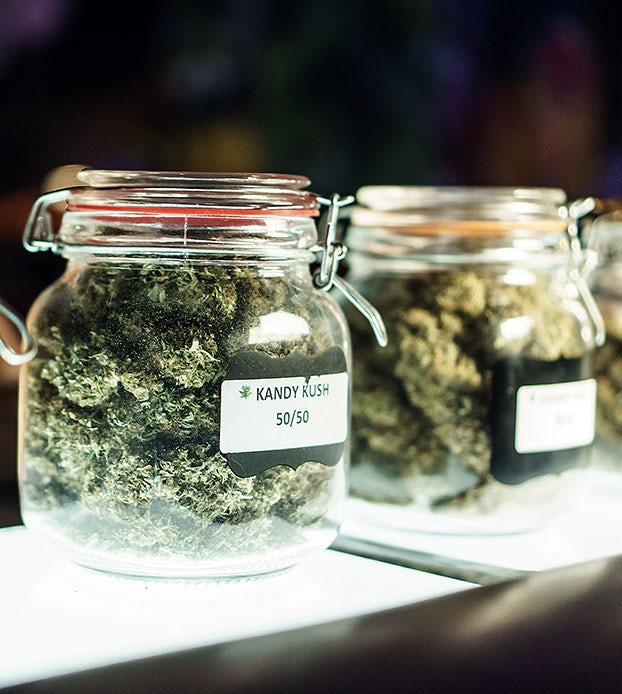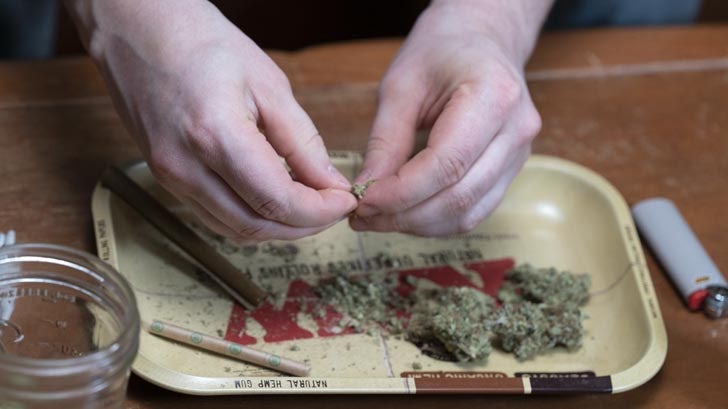There are dozens of medical conditions which qualify patients for medical marijuana licenses in the United States, as long as a qualifying physician asserts that the patient has said condition and that cannabis could be of assistance.
We looked at five states across five separate regions of the country — the West Coast, the Southwest, the Rocky Mountains, the Midwest, and the Northeast, to see which conditions are the most common among medical marijuana recipients.
Colorado
Colorado legalized medical marijuana in 2000 and in 2012, the state became the first (along with Washington) to approve state-wide adult recreational marijuana retail sales. Today there are more (recreational and medicinal) dispensaries operating in the state than there are McDonald’s and Starbucks chains combined.
The most common conditions for medical marijuana recipients in state as of December, 2019 were:
| Condition | Number of Patients | Percentage of Total |
| Severe pain | 75,952 | 53.24% |
| Muscle spasms | 29,974 | 21% |
| Severe Nausea | 15,277 | 10.7% |
| PTSD | 10,089 | 7% |
| Cancer | 4,274 | 3% |
Oregon
Oregon was an early adopter of medical marijuana, which was legalized in the state by a ballot measure in 1998. In 2014 the state legalized recreational cannabis.
The most common conditions for medical marijuana recipients in state as of October, 2019 were:
| Condition | Number of Patients | Percentage of Total |
| Severe pain | 22,824 | 58% |
| Spasms | 5,469 | 13.9% |
| PTSD | 3,521 | 8.9% |
| Nausea | 2,639 | 6.7% |
| Cancer | 1,640 | 4.1% |
New Mexico
New Mexico has had a medical marijuana program since 2007 and there are currently dozens of licensed dispensaries across the state.
The most common conditions for medical marijuana recipients are:
| Condition | Number of Patients | Percentage of Total |
| PTSD | 42,236 | 51.6% |
| Chronic pain | 26,862 | 23.8% |
| Cancer | 4,245 | 5.19% |
| Neuropathy | 1,741 | 2.12% |
| Arthritis | 1,467 | 1.79% |
Michigan
Michigan legalized medical marijuana in 2008 and in 2018 added 11 new qualifying conditions including chronic pain, autism, and inflammatory bowel disease. The state also honors out-of-state medical marijuana licenses, and allows adults to privately grow up to 12 marijuana plants.
The most common conditions for medical marijuana recipients are:
| Condition | Number of Patients | Percentage of Total |
| Severe and chronic pain | 36,672 | 36.75% |
| Chronic pain | 24,789 | 24.84% |
| Arthritis | 10,353 | 10.38% |
| Muscle spasms | 10,302 | 10.33% |
| Cancer | 3,265 | 3.27% |
New York
The Empire State has had a medical marijuana program since 2007, and there are currently dozens of licensed dispensaries across the state.
The most common conditions for medical marijuana recipients are:
| Condition | Number of Patients | Percentage of Total |
| Chronic pain | 52,118 | 53.13% |
| Neuropathies | 14,312 | 14.59% |
| Cancer | 11,952 | 12.18% |
| Multiple sclerosis | 4,174 | 4.25% |
| Inflammatory Bowel Disease | 3,657 | 3.73% |
Many conditions, one plant
Medical marijuana is today legal in nearly three dozen states. And while it was originally seen in popular perception as a treatment for glaucoma (and later, for cancer patients), a look at the statistics indicates that pain is far and away the most common condition that medical marijuana is used to treat, and PTSD is a much more common condition than many people probably realize.
This is testament to the fact that the world of medical marijuana is evolving and as knowledge of its therapeutic benefits continues to expand, the conditions and patients it is used to treat should only grow in time.
Sign up for bi-weekly updates, packed full of cannabis education, recipes, and tips. Your inbox will love it.

 Shop
Shop Support
Support
















